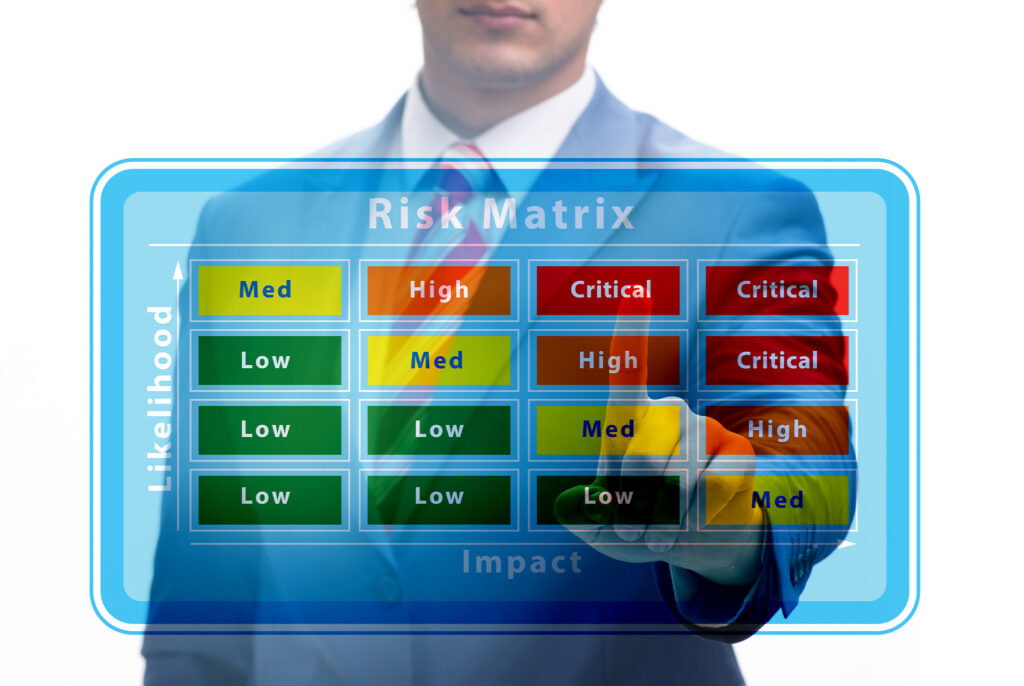July 3, 2025
Underwriting Challenges for Emerging Risks in 2025

As global industries evolve, insurers face increasing challenges in underwriting emerging risks. Traditional risk assessment models struggle to keep pace with new threats, requiring insurers to adopt data-driven strategies, AI-powered analytics, and innovative policy structures. Below, we explore key emerging risks and the underwriting challenges associated with each.
1. Cybersecurity & Data Privacy Risks
With cyberattacks growing in frequency and sophistication, insurers must navigate uncertain loss projections and rapidly evolving threats. Challenges include:
- Lack of historical data – Unlike natural disasters, cyber risks evolve unpredictably, making it difficult to price policies accurately.
- Expanding attack surfaces – The rise of cloud computing, IoT devices, and AI-driven cyber threats complicates underwriting models.
- Regulatory uncertainty – Governments worldwide are tightening data protection laws, increasing liability risks for businesses.
Example:
In 2024, cyber insurers faced record-high ransomware claims, forcing them to increase premiums and tighten coverage terms.
2. Climate Change & Catastrophe Risks
Extreme weather events—such as wildfires, hurricanes, and flooding—are becoming more frequent, making traditional underwriting models less reliable. Challenges include:
- Unpredictable loss severity – Climate change is intensifying disasters, leading to higher claims payouts.
- Reinsurance volatility – Insurers struggle to secure affordable reinsurance, increasing costs for policyholders.
- Geographic concentration risks – Certain regions, like California and Florida, face coverage restrictions due to repeated losses.
Example:
The Southern California wildfires in late 2024 resulted in $75 billion in insured losses, prompting insurers to raise deductibles and limit coverage for fire-prone areas.
3. Supply Chain Disruptions
Global supply chains remain vulnerable to geopolitical instability, pandemics, and trade restrictions, creating underwriting challenges such as:
- Complex risk dependencies – Insurers must assess interconnected risks across multiple industries.
- Limited historical data – Traditional models fail to predict modern supply chain failures caused by AI-driven automation and global conflicts.
- Parametric insurance adoption – Businesses are exploring parametric policies to secure faster payouts for disruptions.
Example:
In 2025, automotive manufacturers faced record delays due to semiconductor shortages, leading insurers to reassess business interruption coverage.
4. AI & Automation Risks
The rise of AI-driven decision-making introduces new liability concerns, including:
- Algorithmic bias lawsuits – Insurers must evaluate legal risks associated with AI-driven hiring, lending, and healthcare decisions.
- Unclear liability attribution – When AI systems fail, determining who is responsible remains a challenge.
- Regulatory gaps – Governments are still developing AI governance frameworks, leaving insurers with uncertain risk exposure.
Example:
In 2024, a major financial institution faced lawsuits over AI-driven loan discrimination, prompting insurers to redefine liability coverage for AI-related claims.
5. ESG & Sustainability Compliance
Environmental, Social, and Governance (ESG) regulations are reshaping corporate risk profiles, creating underwriting challenges such as:
- Evolving compliance standards – Insurers must continuously update policy terms to align with new ESG mandates.
- Greenwashing risks – Companies falsely claiming sustainability efforts may face legal action, increasing liability exposure.
- Investment volatility – ESG-focused businesses may experience financial instability, affecting insurance pricing models.
Example:
In 2025, insurers began excluding coverage for companies failing ESG audits, signaling a shift toward stricter underwriting criteria.
Final Thoughts
Emerging risks require insurers to adapt underwriting models, leverage AI-driven analytics, and explore alternative risk transfer mechanisms like parametric insurance. As industries evolve, insurers must balance innovation with financial sustainability, ensuring businesses receive adequate protection in an increasingly complex risk landscape.
